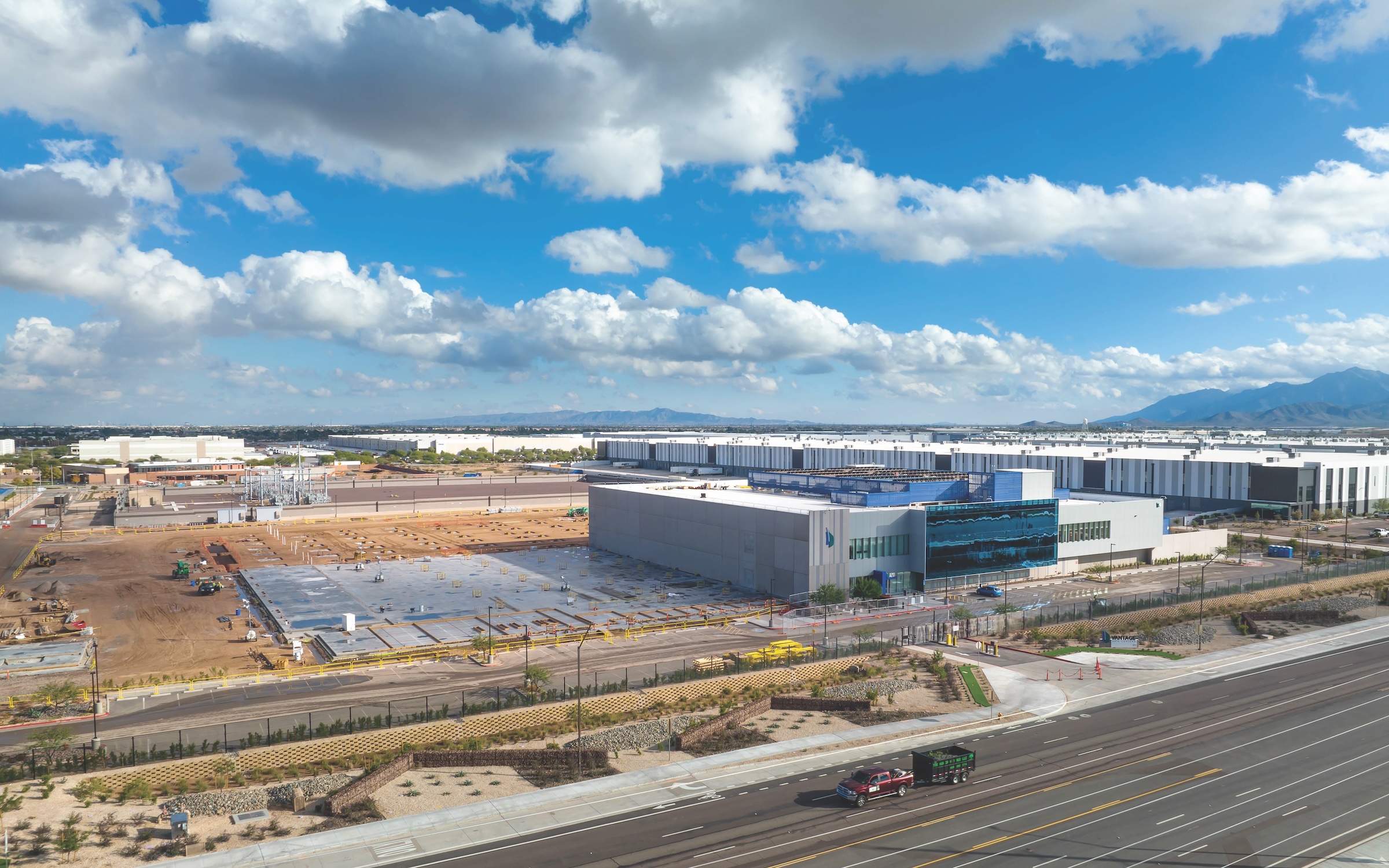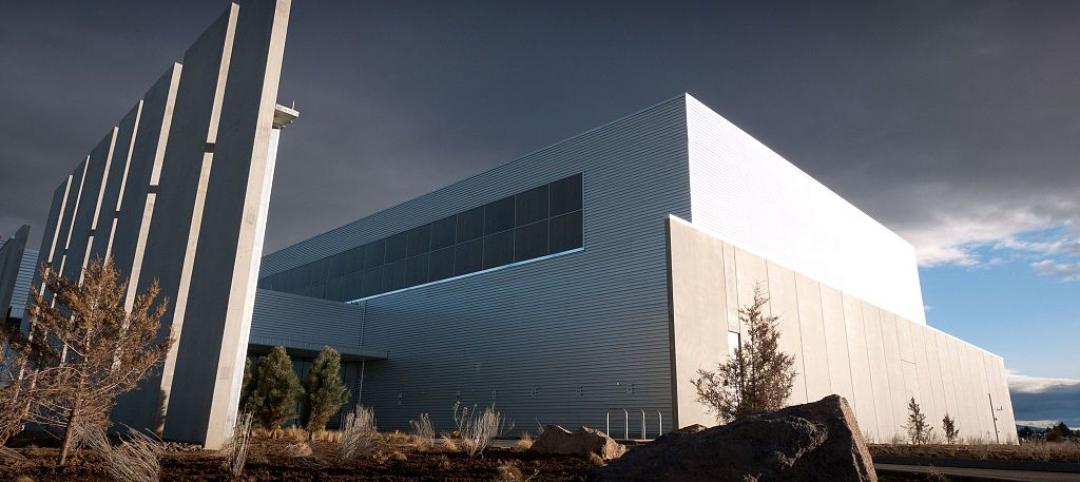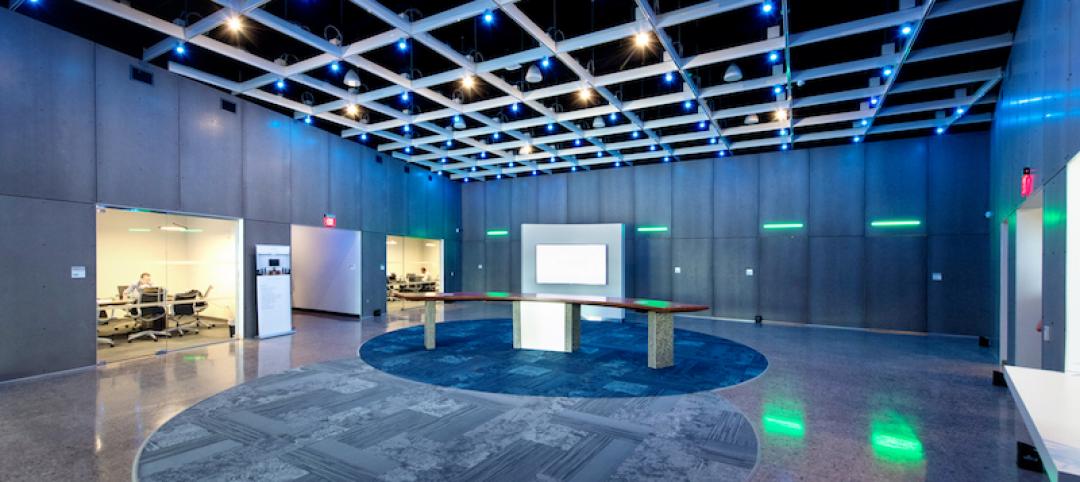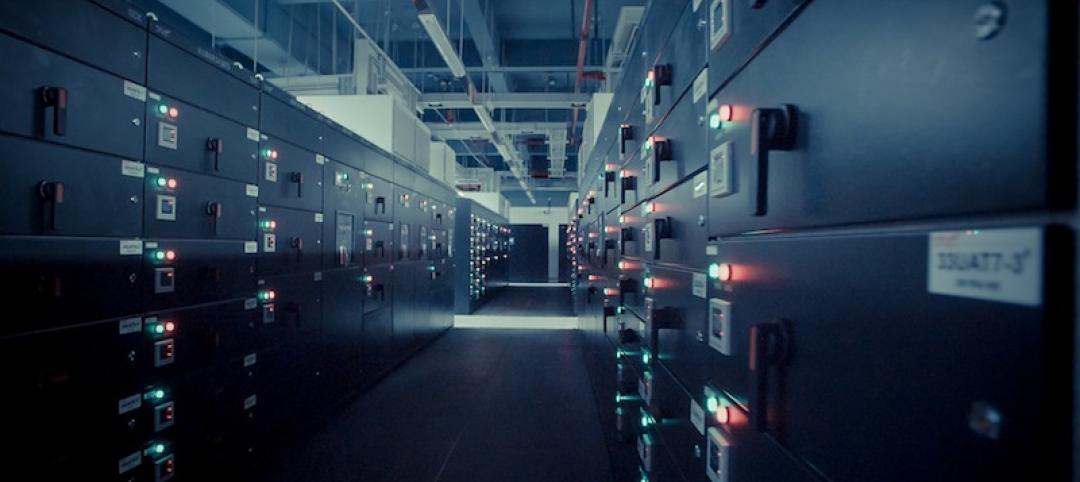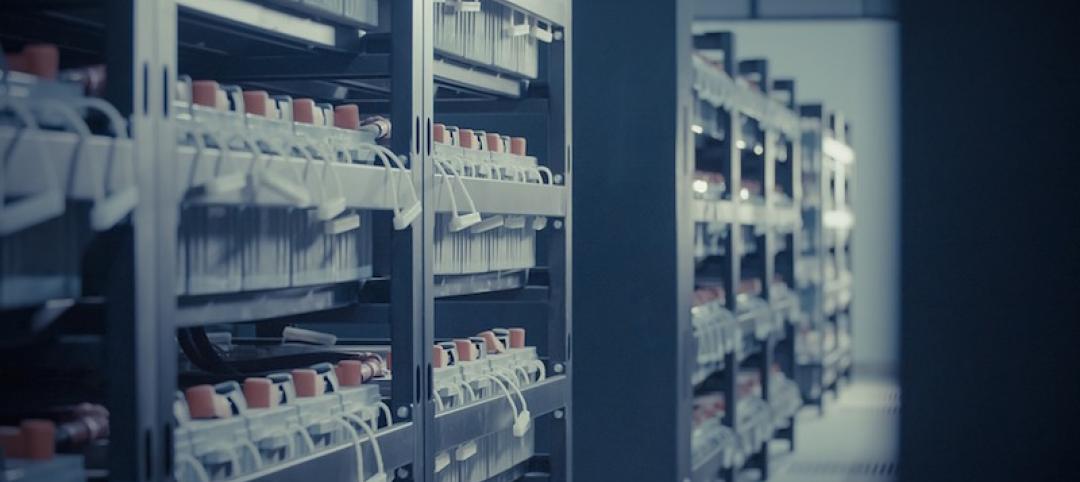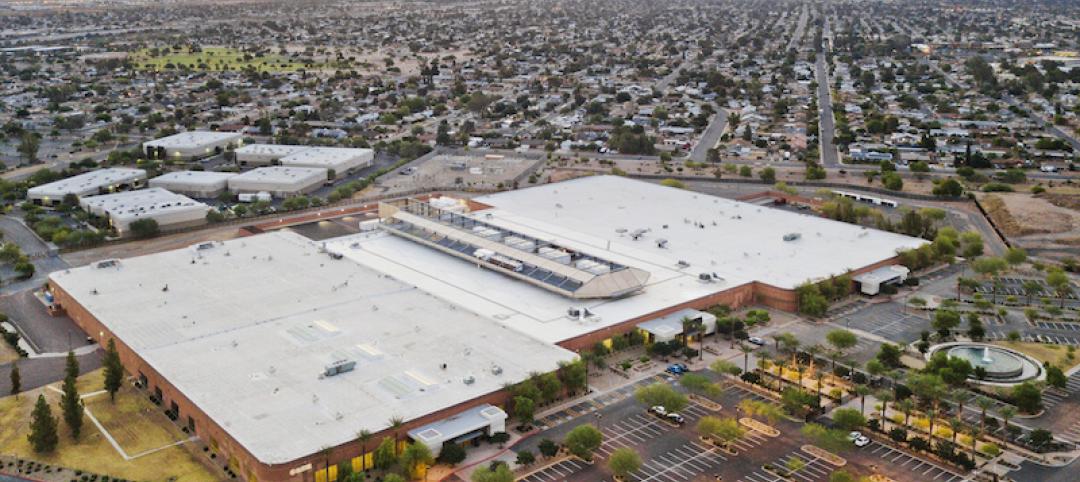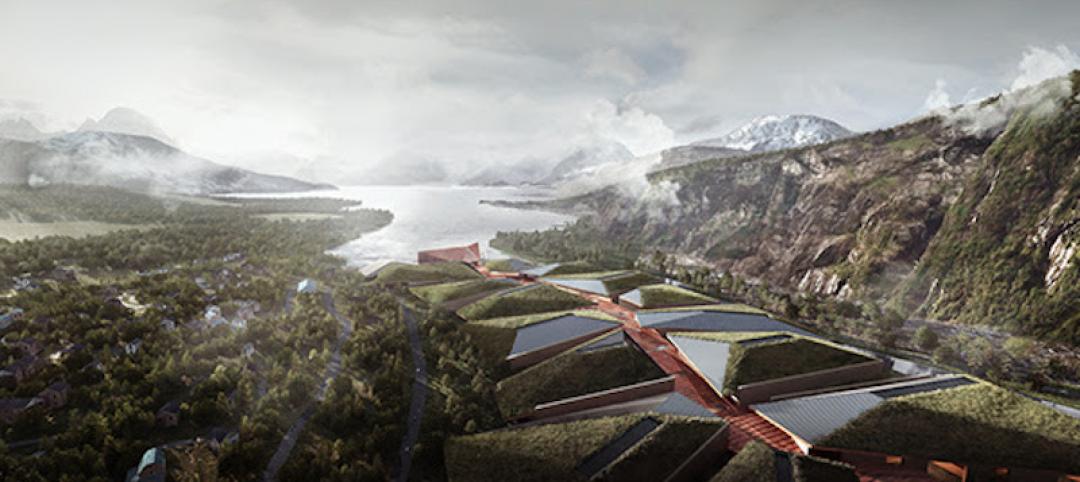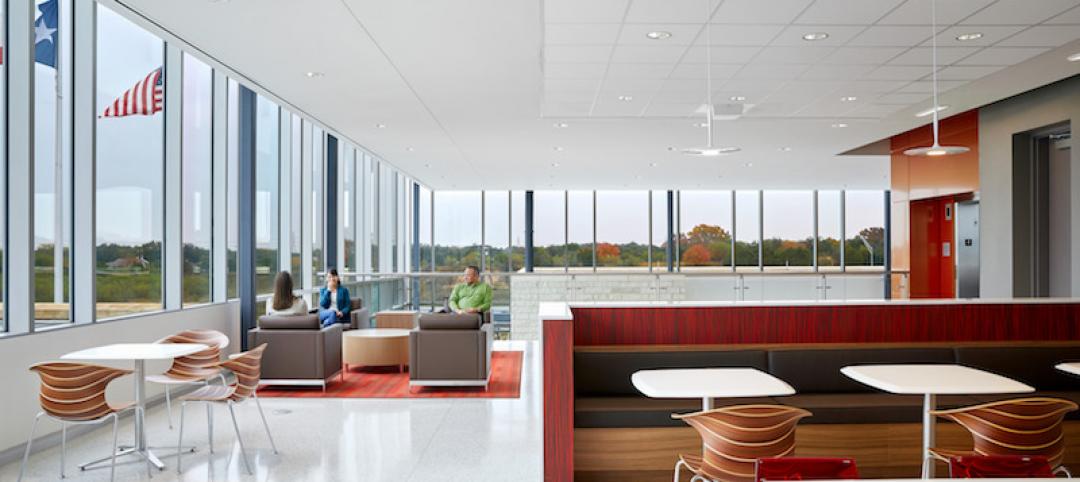Developers and owners can’t build data centers fast enough. Forecasts about demand globally and in North America range from steady to exuberant. And AEC firms in this sector continue to reap the benefits of this growth.
HDR, for one, experienced a 200% increase in data center-related projects over the past year, according to Bob Haley, the firm’s Mission Critical Facilities Director in Omaha, Neb., which provides building engineering services. He adds that one data center client has adopted a particularly aggressive artificial intelligence strategy (more on that later). Robert Thorogood, HDR’s Client Development Director in London, who oversees the firm’s work in Europe, the Middle East, and Asia, says that both hyperscale and colocation data center clients are expecting IT power capacity to increase by 50% or more over the next year.
But there’s one hitch: developers and owners can’t build data centers as fast as they’d like. Supply chain and manpower snags and shortages are impinging on construction, to the point where some AEC firms say demand has tempered, leading them to wonder if these problems might have longer-term consequences.
It’s little wonder, then, that “speed to market” is the main priority and concern among AEC firms’ clients, sprinkled with lowest first cost, access to available power, and sustainability. “Schedule has been a key driver,” says John Arcello, an Advanced Technology Core Market Leader for DPR Construction. He’s also seen a shift to more economical cost-per-megawatt metrics for key design decisions.
On top of trying to complete their projects faster, data center developers and owners are under pressure to reduce the facilities’ water consumption, at a time when the industry has been trending discernibly toward liquid cooling in support of higher-density racks for apps, AI, and machine learning functions.
“The largest trend looming in the industry is densification utilizing various liquid cooling technologies,” says Gabe Clark, Corgan’s Principal and Data Center Sector Leader. He observes that, until recently, the adoption of these technologies at scale had been limited. But constrained sites, localized power availability, and other factors “may push the industry to a more holistic adoption in the near future.”
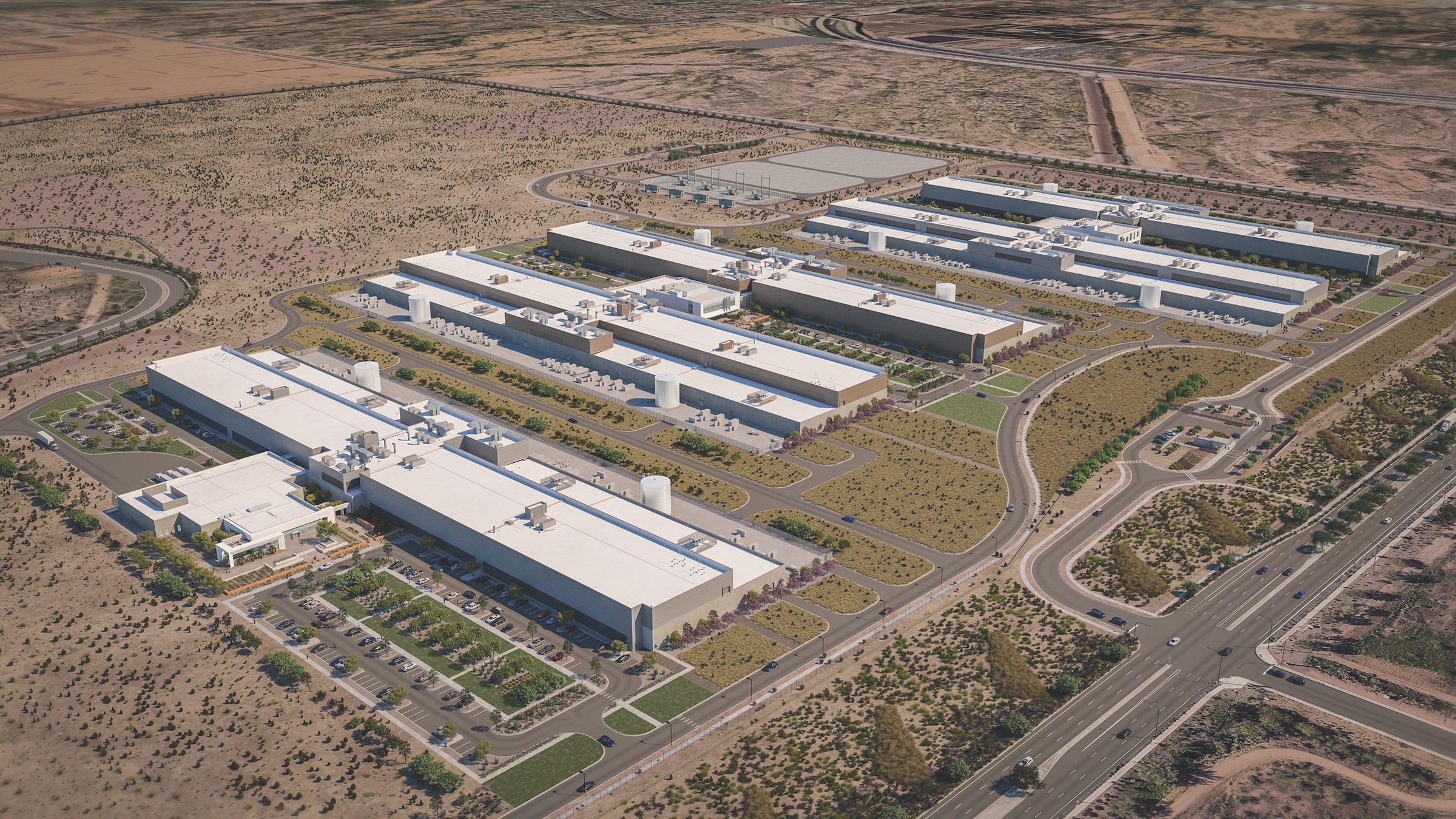
Tom Widawsky, HDR’s Associate Technical Sector Principal in Princeton, N.J., says that with AI and ML ascending, “we are seeing more emphasis on direct cooling at the chip being employed and planned for.” While hyperscale sites are still air-cooled, primarily, “planning for industrial water at the rack is being developed for those needs.”
Widawsky adds, parenthetically, that Design for Manufactured Assemblies (DfMA) is driving integration of prefabricated portions of data centers to be coordinated with site-adapt construction needs. “This is blurring the separation between design intent, means, and methods,” he asserts.
Data center facilities are getting bigger
As IT infrastructure demand expands, so have the sizes of data centers. “They continue to become larger and more specialized, and as a result versatility of data centers is important,” says Robert Bonar, Vice President with the engineering firm Burns & McDonnell. Bonar adds that, at the same time, a greater variety of data center is being built to service specific needs such as hybrid cloud and AI.
Burns & McDonnell and DPR are on the building team, with the design architect Sheehan Nagle Hartray Architects, for the Meta Mesa Data Center in Arizona, a greenfield development of a five-building campus encompassing over 2.5 million sf of data center and administrative space. This site—Meta’s 18th data center globally and 14th in the U.S.—will be supported by 100% renewable energy and is slated for LEED Gold certification.
RELATED CONTENT:
Top 30 Data Center Architecture Firms for 2023
Top 60 Data Center Engineering Firms for 2023
Top 50 Data Center Construction Firms for 2023
HDR has designed two NEXT DC colocation data centers that are scheduled to house Australia’s largest and most comprehensive cloud ecosystems, says Sam Faigen, the firm’s Project Leader and Director down under. The data centers—the one-million-sf M3 Melbourne in West Footscary, and the 172,000-sf M2 Melbourne in Tullamarine—will collectively deliver 210 MW of critical IT infrastructure to enterprise and government “in a climate of unprecedented digital innovation,” says Faigen.
Corgan provided master planning services on the Vantage AZ11 data center in Goodyear, Ariz., which is scheduled for completion in Spring 2024. This 114,046-sf, two-story building encompasses four data modules, infrastructure, and office space. AZ11 is the first 16-MW critical load phase of a 64-MW building, with AZ12 being constructed to the north and AZ13 to the west (Corgan and McCarthy Building Companies are working in a design-build capacity on future phases). Corgan worked with the city of Goodyear, Ariz., to expedite the review process and to provide landscape enhancements along with pedestrian walkways. With a substation built on the southeast corner of the lot, additional power is provided by Arizona Public Service.
On the coast of Portugal, Jacobs provided planning and due diligence and is designing the first phase of Sines 4.0, a nine-building, 495-MW complex for Start Campus. It is one of Europe’s largest data center projects, and will provide leasable space to multiple regional hyperscale providers, says Alexis Stobbe, Jacobs’ Vice President and Global Data Center Market Leader. “Most of our colocation clients are looking to meet the demand of hyperscales to lease rather than build more campuses.”
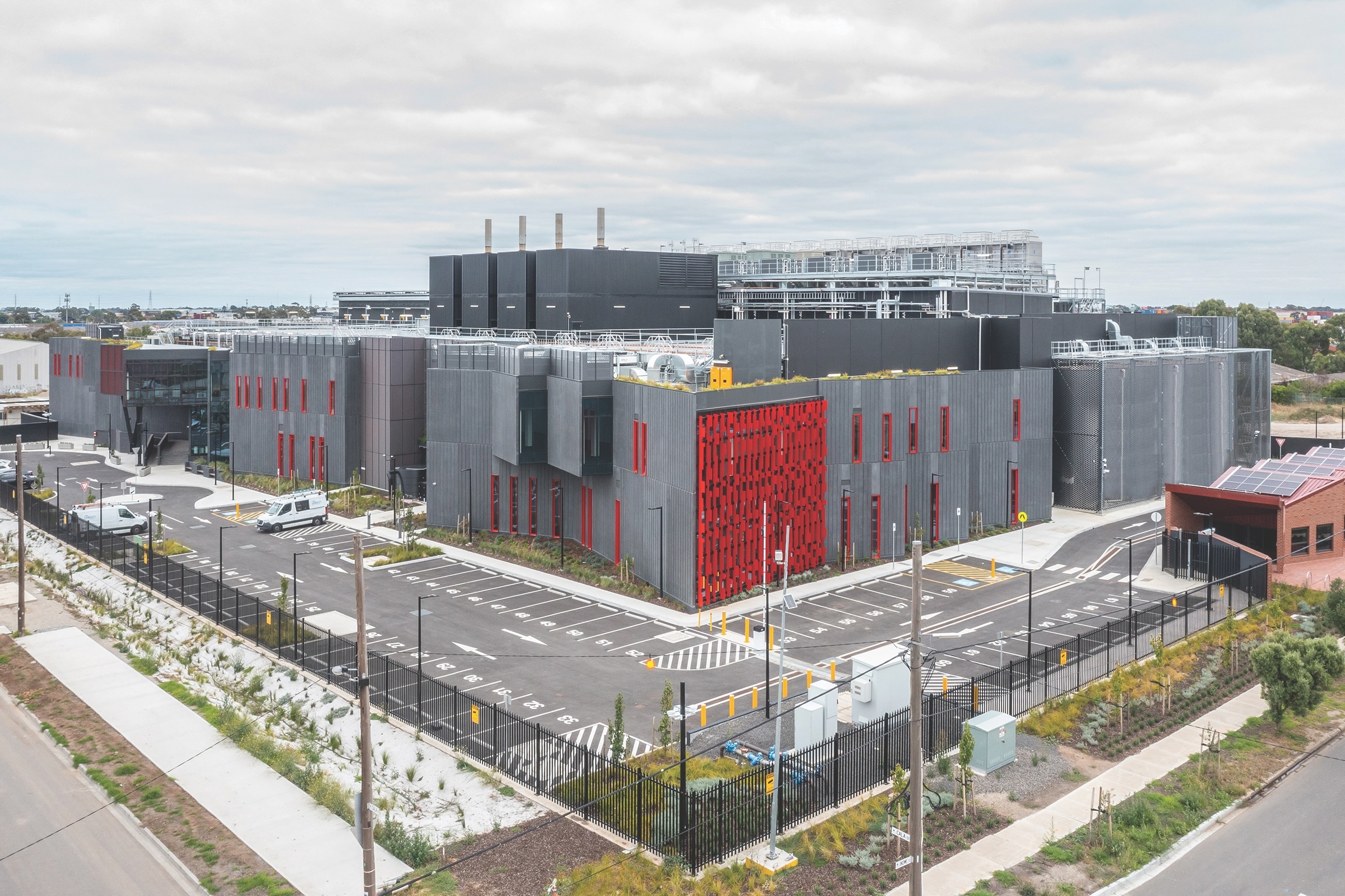
Stobbe says this project’s first phase develops nine hectares (22.2 acres) for the construction of the NEST (New and Emerging Sustainable Technologies) data center, a 15-MW, single-story building that will be a model for new and prospective tenants to test and transition into spaces within one of the future data center buildings on this campus. This project, says Stobbe, is intended to be a “sustainable global technology powerhouse in a legacy industrial zone,” using 100% renewable energy for backup power. Sines 4.0 aims for its operations to be carbon neutral up to 2027, and carbon-free energy afterward.
AI’s rise requires data center racks with higher load capacities
The global data center market, which was valued at $200 billion in 2021, is expected to zoom to $450 billion by 2027, with more than 25 million sf added during that period, according to Ken Research’s latest estimates. In the U.S. alone, the data center market is projected to expand from $20.21 billion in 2022 to $28.56 billion in 2028 (a compound annual growth rate of 6%), when it will have 25.95 million sf of leasable space and 3,404 MW of power capacity, according to Arizton estimates.
JLL, in its Global Data Center Outlook for 2023, notes that the fastest-growing segments of data center space continue to be hyperscalers and edge data centers that allow for diversification and improved latency. “The rise of artificial intelligence will both bolster demand, with increased data usage, and improve computing efficiency,” states the report.
Bonar of Burns & McDonnell says that AI is driving infrastructure development due to its need for computational power. “It seems that this may change the industry significantly over the next five to 10 years,” he predicts. DPR’s Arcello adds that this demand is coming from two groups: giants like Meta, Google, and Amazon; and “pure AI companies” looking for larger power availability from one place.
HDR’s Thorogood says that some hyperscale clients are already modifying facilities under construction to accommodate higher rack load requirements.
However, some market watchers are also sensing some headwinds ahead. Jacob’s Stobbe points out that the global supply chain continues to be an issue. “Equipment lead times are still well beyond the market’s comfort zone for operators.” She also sees a “significant talent gap” that data center growth has created.
And while everyone wants their electronic devices and computers that depend on data centers to function glitch-free, not everyone is as eager to have a data center in their backyard. Inevitably, in some markets, public resistance “is slowing development timelines,” says John Major, AIA, Mission Critical Market Sector Leader for Page.
Related Stories
Data Centers | Feb 22, 2018
Demand for ‘hyperscale’ data centers continues to grow; U.S. leads the way
The number of so-called “hyperscale” data centers worldwide surpassed 390 at the end of 2017, with 69 more facilities in the works, according to Synergy Research Group.
Giants 400 | Oct 16, 2017
Data center market forecast: Clearly cloudy
Look for mission-critical construction to double in the next few years.
Data Centers | Oct 13, 2017
Top 35 data center construction firms
Turner Construction Co., Holder Construction, and DPR Constrcution top BD+C’s ranking of the nation’s largest data center sector contractors and construction management firms, as reported in the 2017 Giants 300 Report.
Giants 400 | Oct 12, 2017
Top 30 data center engineering firms
Syska Hennessy Group, AECOM, and Morrison Hershfield top BD+C’s ranking of the nation’s largest data center sector engineering and EA firms, as reported in the 2017 Giants 300 Report.
Giants 400 | Oct 11, 2017
Top 25 data center architecture firms
Jacobs, Corgan, and Gensler top BD+C’s ranking of the nation’s largest data center sector architecture and AE firms, as reported in the 2017 Giants 300 Report.
Data Centers | Aug 28, 2017
Do AEC firms have the wattage to meet the demands of a charged-up data center sector?
As construction and leasing surge, one big contractor worries about his industry’s talent shortage.
Data Centers | Aug 16, 2017
The world’s largest data center is being built 140 miles north of the Arctic Circle
The 600,000-sm facility will be on a secure property surrounded by a moat.
Healthcare Facilities | Jul 25, 2017
Healthcare technology: Preparing for the world of tomorrow
This article outlines the current data center landscape in the healthcare sector, industry trends, and challenges and opportunities new technologies present to the healthcare space.
Data Centers | Jul 21, 2017
Operational wellness was an objective for a new 911 call center near San Antonio
The Operations Center consolidates activities that previously were being handled at 25 locations.
Data Centers | Oct 14, 2016
Where data centers meet design
As technology continues to evolve, we have to simultaneously adapt and help our clients think beyond the short term, writes Gensler's Martin Gollwitzer.


